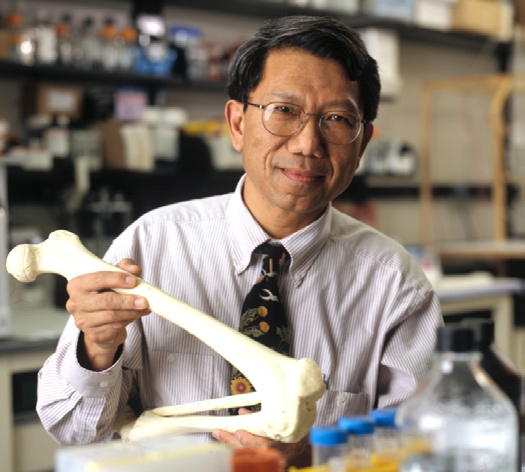By Kimberly Lord Stewart
In May 2013, Harvard Medical School published a report on osteoarthritis in their Women’s Health Watch. In the report, they looked at “on-the-horizon therapies” that could change the way you treat the disease. In the report, Dr. Anonios Aliprantis made statement that should have made doctor’s rethink the way they treat OA. “We’re beginning to understand that osteoarthritis is a disease of the entire joint,” said Aliprantis, director of the Osteoarthritis Center at Harvard-affiliated Brigham and Women’s Hospital. “Much of the research over the last 20 or 30 years has focused on cartilage as the target. But we’re beginning to realize that there are important changes happening in the bone underneath the cartilage, and in the joint lining itself. As we begin to understand osteoarthritis as a disease of the entire joint, new treatment targets will emerge.”
New treatment targets will emerge, indeed. Aliprantis said at the time, “Osteoarthritisis is a localized disease, so the ideal treatment would be injected directly into the joint. That would avoid the body-wide side effects of current osteoarthritis drugs.” He envisioned a medication embedded in a gel-like substance that would slowly release directly into the joint.”
A year later, research has found a solution that may make Aliprantis’s wish come true. Scientists at the Center 
Tuan told 3D Printing News this week, “We essentially speed up the development process by giving the cells everything they need, while creating a scaffold to give the tissue the exact shape and structure that we want.”
It isn’t clear how Tuan’s stem-cell 3D printers will address bone damage and joint linings. But with Tuan’s work, Aliprantis prediction may well come true before the inevitable pain and stiffness of OA sets in for all of us. See the slideshow for more on recent studies for OA treatments and future studies.





